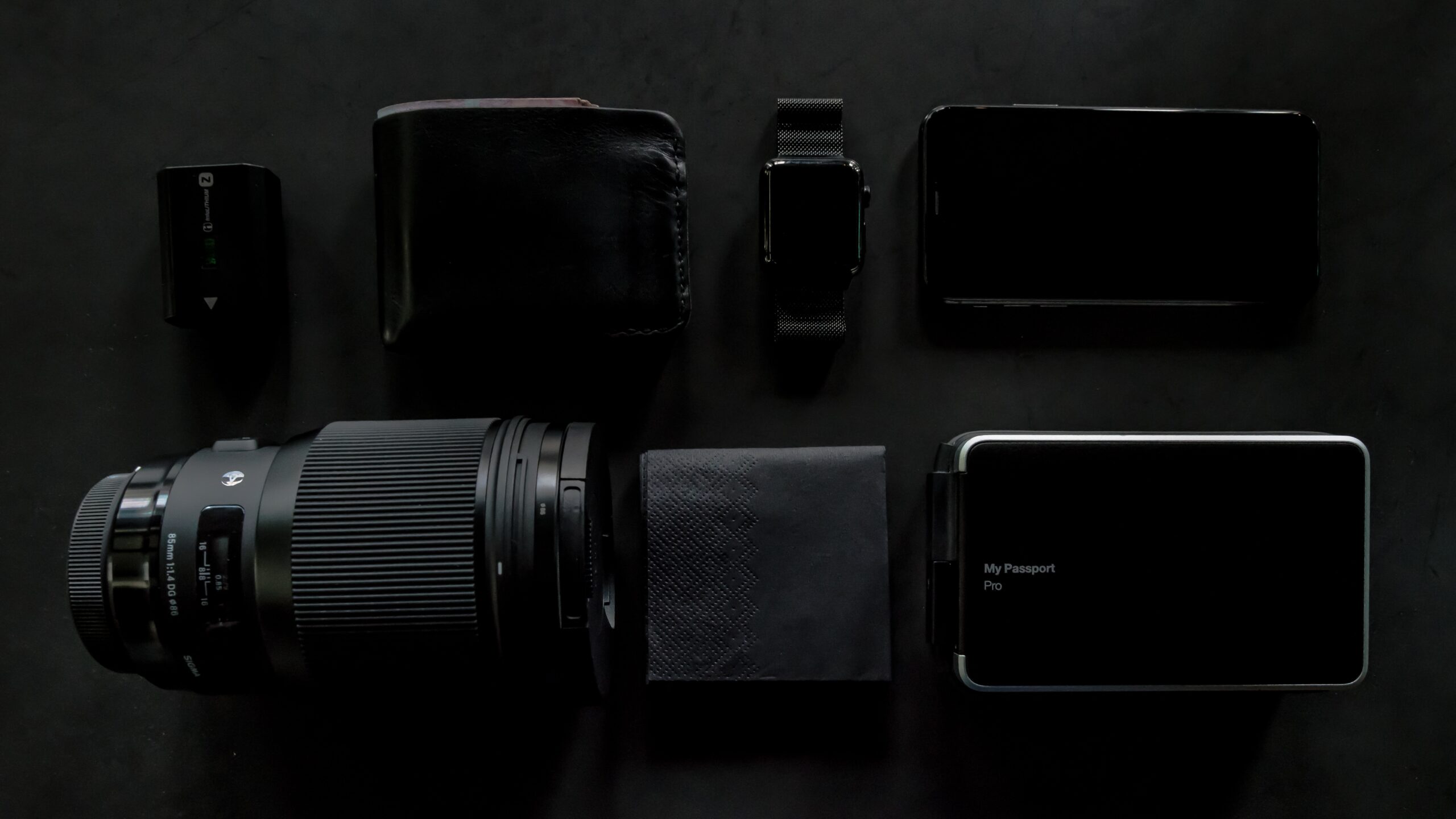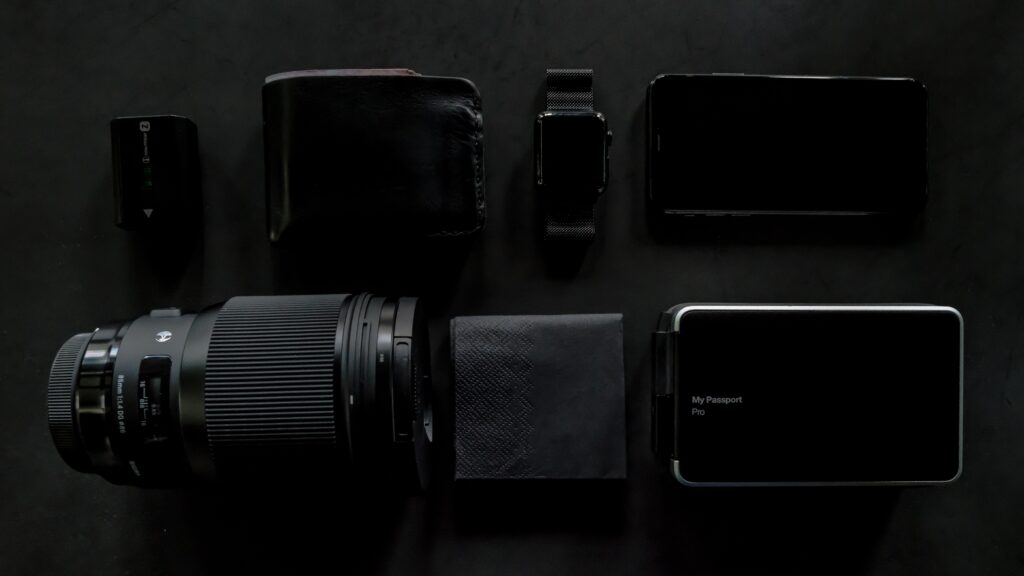
Imagine you’re holding a camera for the first time, eager to capture the world through its lens. But wait, what do these terms mean – focal length and focal ratio? Don’t worry, we’ve got you covered! In this article, we’ll unravel the mystery behind these two concepts, shedding light on what sets them apart and how they play a crucial role in your photography journey. So, let’s embark on a fascinating exploration and demystify the difference between focal length and focal ratio!
Definition of Focal Length
Explanation of focal length
Focal length is a fundamental concept in photography and optics. It refers to the distance between the camera lens or the primary lens of a telescope and the image sensor or the focal point where light is focused. In simple terms, focal length determines the magnification and field of view of an optical system.
Importance of focal length in photography
Focal length plays a crucial role in photography as it directly affects the composition and perspective of an image. It determines the image’s field of view, or how much of the scene can be captured, and the magnification or zoom level of the subject. A shorter focal length, such as a wide-angle lens, captures a wider field of view and gives a greater depth of field, making it suitable for landscape photography. On the other hand, a longer focal length, such as a telephoto lens, provides a narrower field of view and greater magnification, making it ideal for capturing distant subjects or achieving a shallow depth of field for portrait photography.
Definition of Focal Ratio
Explanation of focal ratio
Focal ratio, also known as the f-number or aperture ratio, is another important concept in optics, particularly in telescopes. It is defined as the ratio of the focal length to the diameter of the telescope’s objective lens or primary mirror. In simple terms, focal ratio determines the brightness and clarity of the images produced by a telescope.
Significance of focal ratio in telescopes
The focal ratio of a telescope influences its light-gathering capacity and determines the depth of field it can achieve. Telescopes with lower focal ratios, also known as “fast” telescopes, have larger objective diameters relative to their focal lengths. They gather more light and produce brighter images, making them ideal for observing faint celestial objects. On the other hand, telescopes with higher focal ratios, also known as “slow” telescopes, have smaller objective diameters relative to their focal lengths. They provide greater magnification and a narrower field of view, making them suitable for capturing detailed views of planets and the moon.

Measurement Units
Common units used for measuring focal length and focal ratio
Focal length is commonly measured in millimeters (mm) or inches (in), depending on the manufacturer. The focal ratio is denoted as an “f” followed by a number, such as f/2.8 or f/8. These numbers indicate the relative aperture size of the lens or telescope.
Conversion between different units
Converting between focal length units is straightforward. For example, to convert millimeters to inches, you can divide the focal length value by 25.4. Conversely, to convert inches to millimeters, you can multiply the focal length value by 25.4. It is important to note that the focal ratio is independent of the units used for focal length and is a ratio between the focal length and the objective diameter.
Relationship between Focal Length and Focal Ratio
Understanding the connection between focal length and focal ratio
Focal length and focal ratio are closely linked. The focal ratio is the reciprocal of the focal length, expressed as f/number. For example, a lens with a focal length of 50mm would have a focal ratio of f/2 if the lens aperture were 25mm in diameter.
Mathematical equation relating focal length and focal ratio
The relationship between focal length (f) and focal ratio (f/#) can be mathematically expressed as f/# = f/d, where “d” represents the diameter of the lens aperture or telescope objective. This equation highlights the reciprocal nature of the two parameters and emphasizes the importance of the lens or mirror’s diameter in determining the focal ratio.

Optical Properties
Impact of focal length on field of view
The choice of focal length significantly affects the field of view in optical instruments. A shorter focal length results in a wider field of view, allowing more of the scene to be captured in the image or observed through a telescope. Conversely, a longer focal length narrows the field of view, providing magnification and focusing on a smaller portion of the scene.
Effect of focal ratio on brightness and exposure time
The focal ratio directly impacts the brightness of the images produced by telescopes and cameras. A lower focal ratio (faster system) collects more light and yields brighter images, particularly useful in astrophotography or low-light situations. A higher focal ratio (slower system) requires longer exposure times to achieve the same level of brightness and may be beneficial for capturing static subjects or reducing the impact of atmospheric distortions.
Aperture and Magnification
Explanation of aperture and its relationship to focal length
Aperture, also known as the lens or telescope’s objective diameter, determines the amount of light that enters the optical system. It is an essential element in focal length and focal ratio calculations. A larger aperture allows more light to reach the image sensor or eye, resulting in brighter images and increased potential for resolving fine details. The aperture size also influences the diffraction-limited resolution achievable by the optical system.
Role of magnification in telescopes and cameras
Magnification refers to the apparent size of the subject being viewed or captured relative to its actual size. In telescopes, magnification is primarily determined by the eyepiece used, while in cameras, it is influenced by the focal length of the lens. Higher magnification can be achieved by using longer focal length lenses or different eyepieces in telescopes, allowing for closer examination of distant objects or smaller details. However, it is important to note that higher magnification may result in a narrower field of view and potentially reduced image quality.

Choosing the Right Focal Length
Considerations for selecting the appropriate focal length in photography
When choosing a focal length in photography, there are several factors to consider. The desired composition, subject matter, and shooting conditions all play a role in determining the appropriate focal length. Wide-angle lenses are suitable for landscapes and group shots, while telephoto lenses excel at isolating subjects and capturing details. Zoom lenses provide versatility by offering a range of focal lengths in a single lens, making them convenient for various shooting scenarios.
Factors to consider when choosing a focal length for telescopes
In telescopes, the choice of focal length is dependent on the intended use and the desired observing objectives. Longer focal lengths are favored for planetary observation, as they provide higher magnification and allow for more detailed views. Shorter focal lengths are beneficial for wide-field astrophotography or observing large celestial objects such as galaxies and nebulae. Additionally, the telescope’s mount and tracking capabilities, along with local light pollution levels, should be considered when determining the appropriate focal length.
Choosing the Right Focal Ratio
Factors to consider when selecting a focal ratio for telescopes
Selecting the appropriate focal ratio for a telescope depends on the specific observing requirements and objectives. A lower focal ratio (faster system) is ideal for capturing faint deep-sky objects, where increased light-gathering capabilities are essential. However, lower focal ratios may require more precise collimation and can be more sensitive to optical imperfections. Higher focal ratios (slower systems) are preferred for planetary observations, where greater magnification and resolving power are crucial.
Application-specific focal ratios
Different astronomical objects and photography subjects may benefit from specific focal ratios. For example, wide-field astrophotography often favors fast systems with low focal ratios (typically f/2.8 to f/5), as they capture more light and cover a larger portion of the sky in a single exposure. Planetary astrophotography, on the other hand, benefits from higher focal ratios (f/10 to f/20) to maximize magnification and capture fine details on planets.
Comparing Focal Length and Focal Ratio in Different Instruments
Differences in focal length and focal ratio between cameras and telescopes
Cameras and telescopes have different focal length requirements due to their distinct purposes. Cameras generally possess a range of interchangeable lenses with varying focal lengths to cater to different photography styles and subjects. Telescopes, on the other hand, often have fixed focal lengths specific to their design and intended use.
Comparing the impact of focal length and focal ratio in various optical devices
While both focal length and focal ratio play critical roles in optics, their impacts vary depending on the optical device. In cameras, focal length primarily influences the field of view and the level of magnification achievable. In telescopes, focal length affects magnification, field of view, and image brightness. Focal ratio, on the other hand, significantly impacts image brightness and the ability to capture faint celestial objects in telescopes, while in cameras, it may affect exposure settings and low-light performance.
Practical Examples and Use Cases
Real-world examples illustrating the difference between focal length and focal ratio
Real-world examples can help showcase the practical significance of focal length and focal ratio. For instance, capturing a wide-angle landscape photograph with a short focal length lens can emphasize the vastness of the scene, while using a telephoto lens with a longer focal length can isolate a specific subject or compress the perspective. In telescopes, comparing images of a planet taken with different focal ratios can reveal variations in detail and resolution.
Practical applications of understanding focal length and focal ratio in photography and astronomy
Understanding focal length and focal ratio allows photographers to make informed decisions when selecting lenses suitable for various subjects and compositions. By matching the focal length to the desired field of view and perspective, photographers can effectively convey their artistic vision. In astronomy, knowledge of focal length and focal ratio helps astronomers choose telescopes that meet their observing goals and make the most efficient use of their equipment for visual observation or astrophotography.








